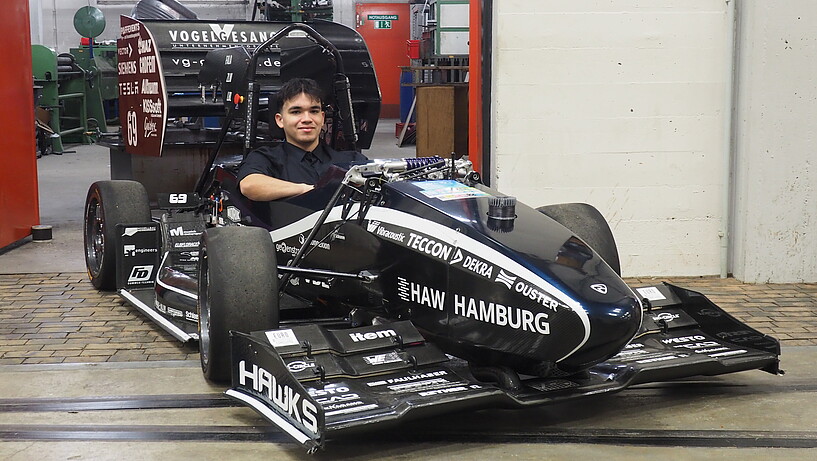‘Choosing to do a research project in Hamburg was a strategic decision to better equip myself for graduate school, as I plan to continue my education into a master or PHD programme in aeronautical engineering. During an aircraft design class in Hamburg, Professor Scholz presented a diverse range of research opportunities he offered, ranging from environmental labels in aviation to practical applications of aircraft preliminary sizing. As someone who often finds themselves gazing out the window during flights, pondering the complexities that ensure a plane takes off and lands seamlessly, I wanted to delve into understanding these complexities. By choosing to research “Plotting the Compressibility Correction Chart”, I knew my curiosity would get its answers as it would immerse myself in the world of flight mechanics and its certification requirements.
The day-to-day grind of the project was sometimes tedious but at the same time very rewarding. I had to study the intricacies of flight mechanics with which I was unfamiliar. I would take side-by-side notes to unravel the amount of literature review I needed to do to start understanding the required plot. I needed to look at multiple publications which in doing so gave me an understanding of how the macro software worked in excel which would be needed for plotting. Every Thursday involved meeting with Professor Scholz to receive feedback and recommendations on how I could further improve my performance. Creating the “Compressibility Correction Chart” taught me a vital lesson of the importance of looking beyond what is presented to you. One simple theory can unveil multiple explanations and concepts that in turn demand close consideration.

